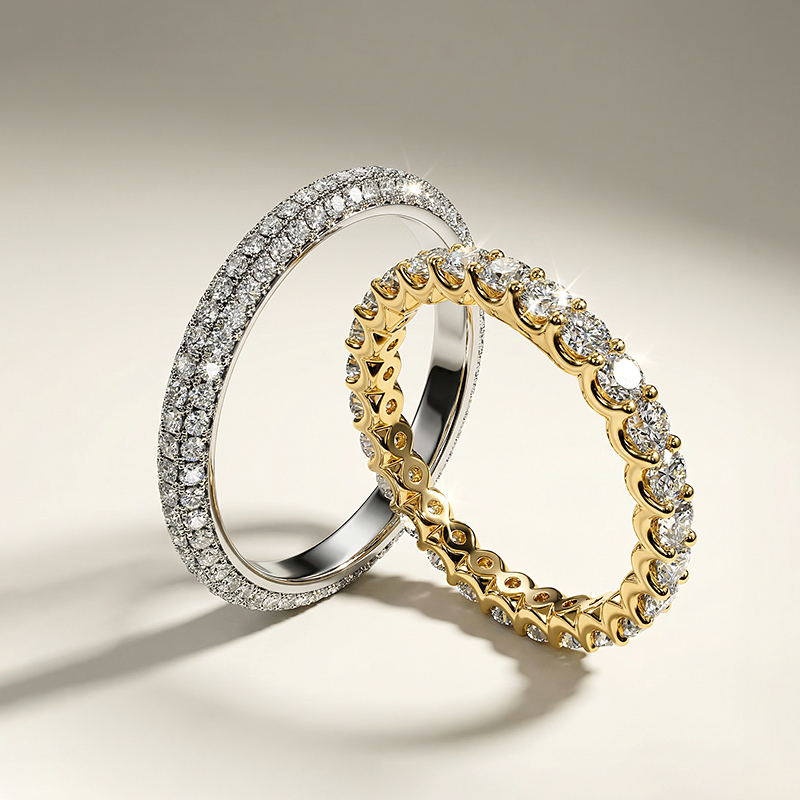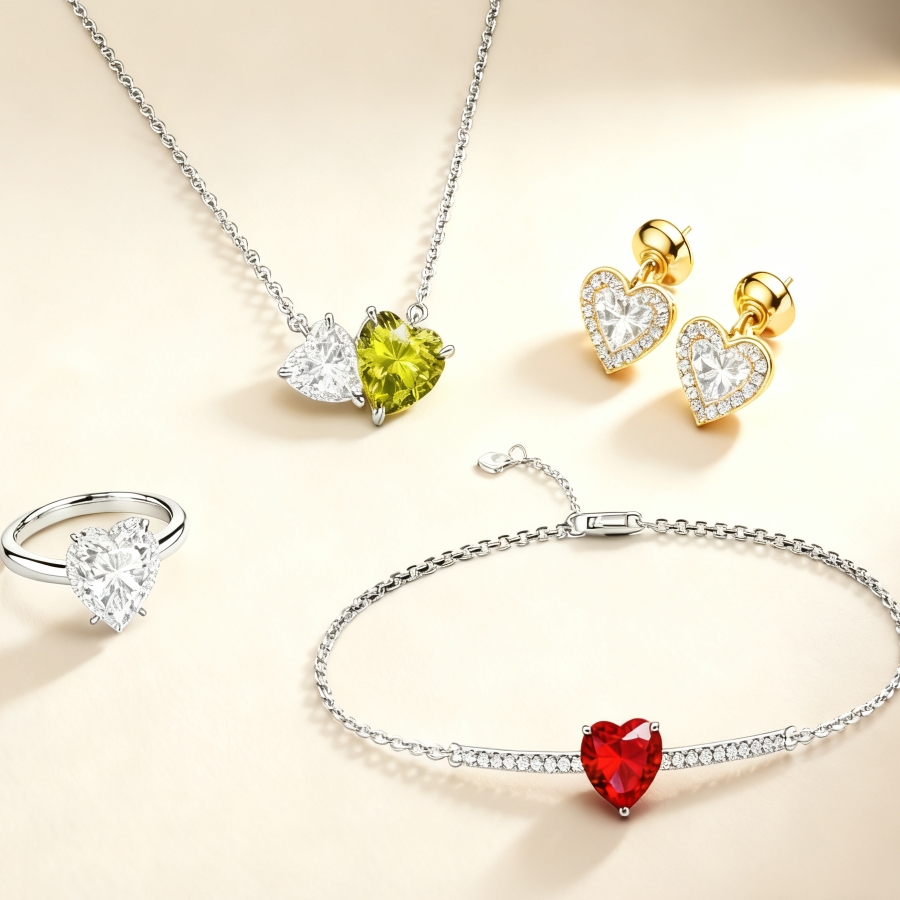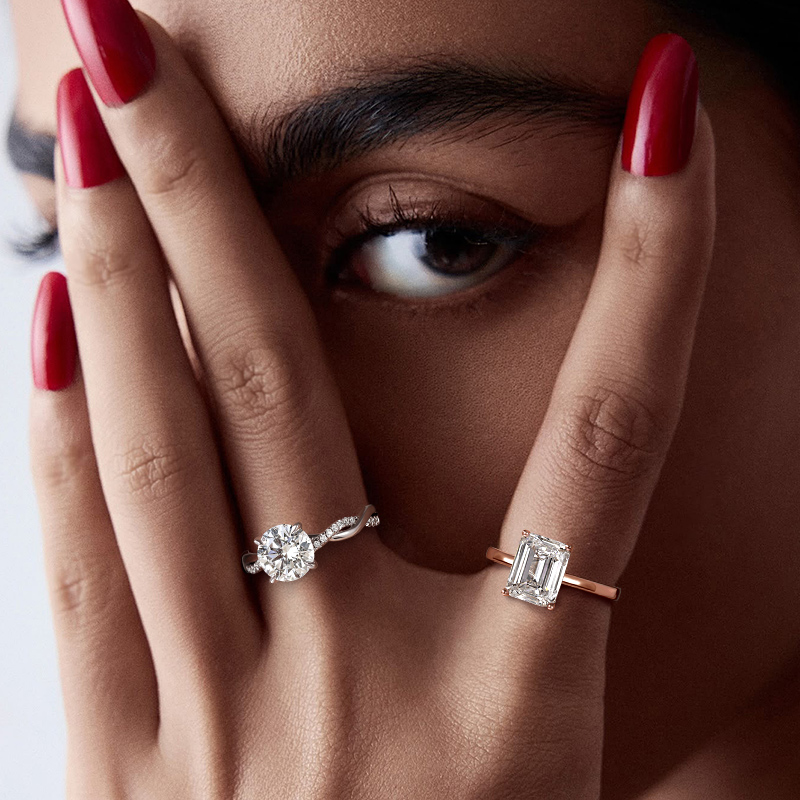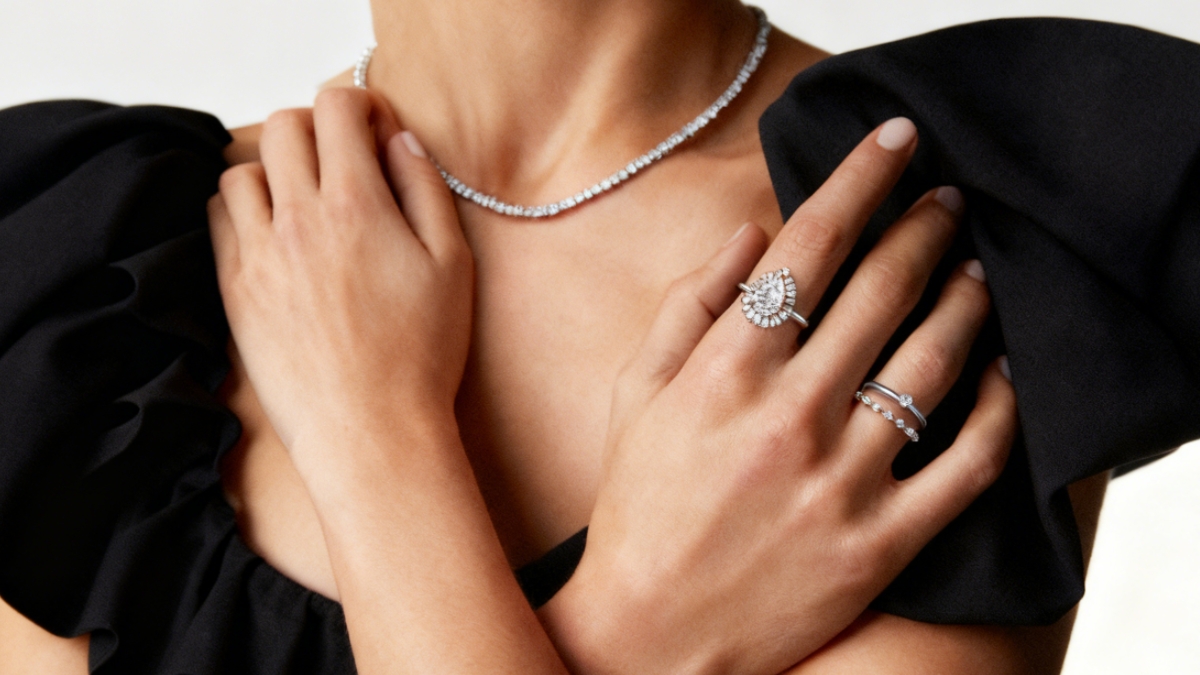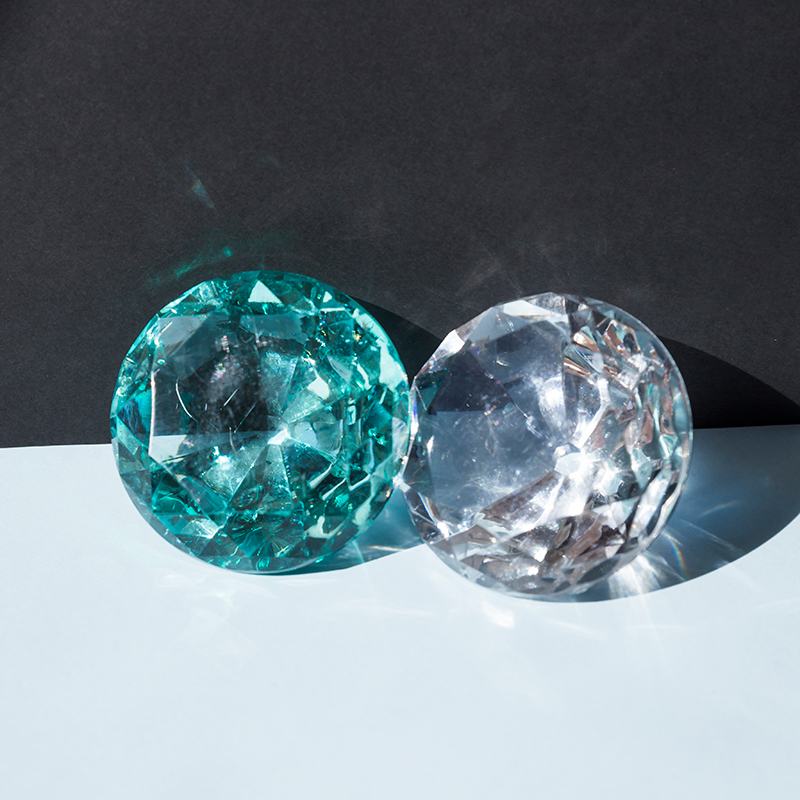When you’re ready to buy a new piece of gold jewelry. Whether it’s a timeless ring, a delicate necklace, or a pair of classic earrings, you’ll quickly notice a few key numbers popping up: 10K, 14K, and 18K Gold . It can feel a bit like a secret code, but don’t worry! Understanding the difference is simpler than you think, and choosing the right one can make all the difference in finding a piece you’ll love for years to come.
In this article will walk you through the 10K vs. 14K vs. 18K debate, helping you decide which gold is the perfect match for your lifestyle, budget, and style.
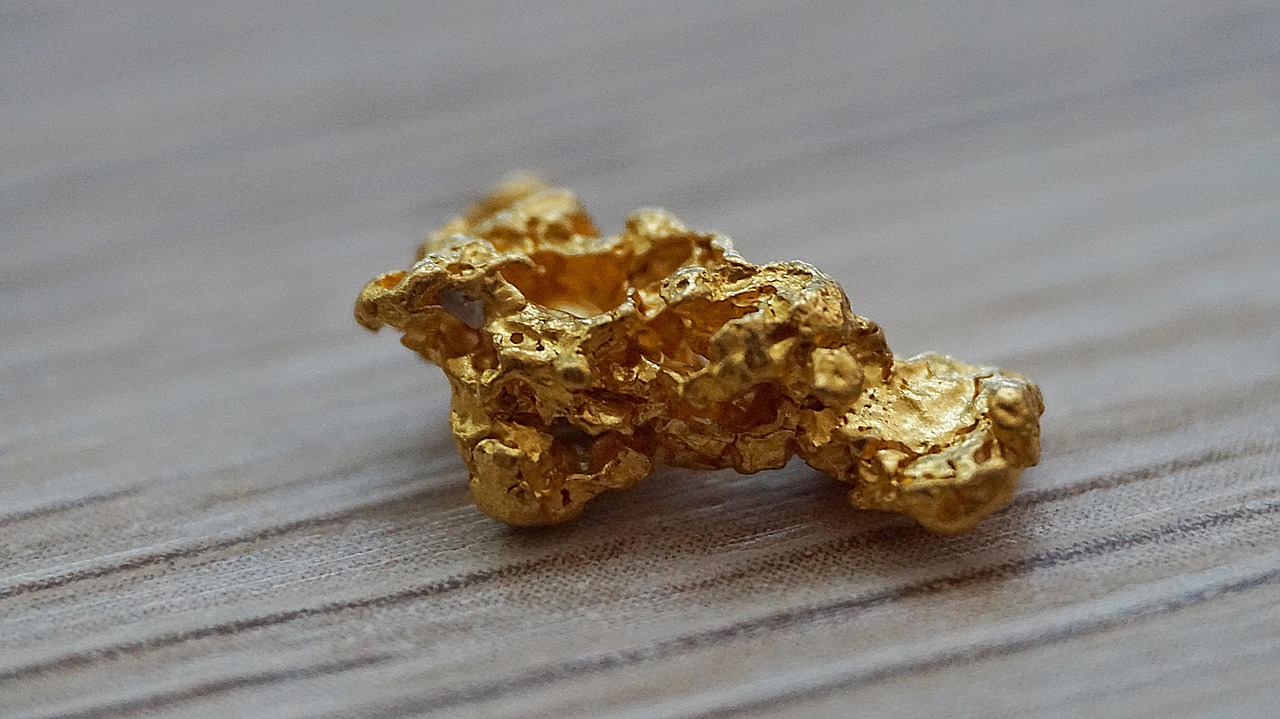
What Does “Karat” Actually Mean?
First things first, let’s talk about that “K.” The term “karat” is a unit of measurement for the purity of gold. Pure, unadulterated gold is 24 karats (24K). It’s incredibly beautiful, with a deep, rich, almost orange-yellow hue.
So, why isn’t all jewelry made from pure 24K gold? In its purest form, gold is extremely soft and malleable. You could easily bend a 24K gold ring with your bare hands! To make it strong enough for everyday wear, jewelers mix pure gold with other metals like copper, silver, zinc, and nickel. This mixture is called an “alloy,” and it gives the gold strength and durability.
The karat number simply tells you how many parts of pure gold are in the mix, out of a total of 24 parts. For example, 18k gold means 8 parts gold, 6 parts other metals (75% pure gold).
The Contenders: A Closer Look at Each Karat
18K Gold: The Luxurious Choice
Of the three, 18K gold has the highest gold content. This makes it the most valuable and gives it a deep, radiant yellow color that’s highly sought after. Because it’s 75% pure, it’s the softest of the bunch and more susceptible to scratches and dings.
- Best For: Fine jewelry, engagement rings, and special occasion pieces that won’t be subjected to rough wear.
- Pros: Richest color, most valuable, highly hypoallergenic due to lower alloy content.
- Cons: Less durable, scratches easily, most expensive.
14K Gold: The Perfect Balance
Look around at most jewelry stores, and you’ll find that 14K gold is the most popular choice in the United States, and for good reason! Containing 58.3% gold, it offers a wonderful blend of durability, affordability, and beautiful color. The warm yellow hue is still rich and stunning, but the higher alloy content makes it much more resistant to wear and tear than 18K gold.
- Best For: Everyday wear pieces like engagement rings, wedding bands, and favorite necklaces.
- Pros: The ideal combination of durability and beauty, great value, lovely color.
- Cons: Can still scratch (though less than 18K), may cause a reaction in those with very high metal sensitivities.
10K Gold: The Durable Workhorse
As the most durable option, 10K gold is an excellent choice if you have a very active lifestyle or tend to be rough on your jewelry. With only 41.7% gold, it has the highest percentage of other metals, making it incredibly tough. This lower gold content also gives it a paler, more subtle yellow color and makes it the most affordable option.
- Best For: People who work with their hands, budget-conscious shoppers, or for jewelry that needs to withstand a lot of abuse.
- Pros: Most durable, most affordable, great for active lifestyles.
- Cons: Paler yellow color, higher alloy content can be an issue for people with sensitive skin (especially nickel allergies).
Quick Comparison: 10K vs. 14K vs. 18K Gold
To make things even easier, here’s a simple table to help you compare the key features at a glance.
| Feature | 10K Gold | 14K Gold | 18K Gold |
|---|---|---|---|
| Purity (% Gold) | 41.7% | 58.3% | 75% |
| Durability | Very High | High | Medium |
| Color | Pale Yellow | Warm Yellow | Rich, Deep Yellow |
| Price Point | $ (Most Affordable) | $$ (Mid-Range) | $$$ (Most Expensive) |
| Best For | Extreme durability, budget-friendly choices | The perfect balance for everyday wear | Luxurious look, special occasions |
| Hypoallergenic | Least Hypoallergenic | Generally good for most people | Most Hypoallergenic |

How to Choose the Right Gold for You
So, which one should you pick? There’s no single “best” option—it all comes down to your personal priorities. Ask yourself these questions:
- What’s your lifestyle like? If you’re a gym enthusiast, a gardener, or work with your hands a lot, 10K or 14K gold will be your best friend. If your jewelry is for special occasions, the luxurious feel of 18K might be perfect.
- What’s your budget? Your budget is a major factor. 10K offers a beautiful gold look without the high price tag, while 18K is an investment in purity and color. 14K sits comfortably in the middle, offering fantastic value.
- How important is color? If you adore that deep, buttery yellow that screams “gold,” you’ll be happiest with 18K. If you prefer a lighter, more subtle hue or are pairing it with other metals, 10K or 14K will be stunning.
- Do you have sensitive skin? If you have known allergies to metals like nickel, playing it safe with 18K gold is a wise choice, as its high purity makes it less likely to cause a reaction.
Ultimately, choosing between 10K, 14K, and 18K gold is about finding the right balance for you. Now that you’re armed with this knowledge, you can shop with confidence, knowing exactly what you’re looking for. Happy jewelry hunting.

